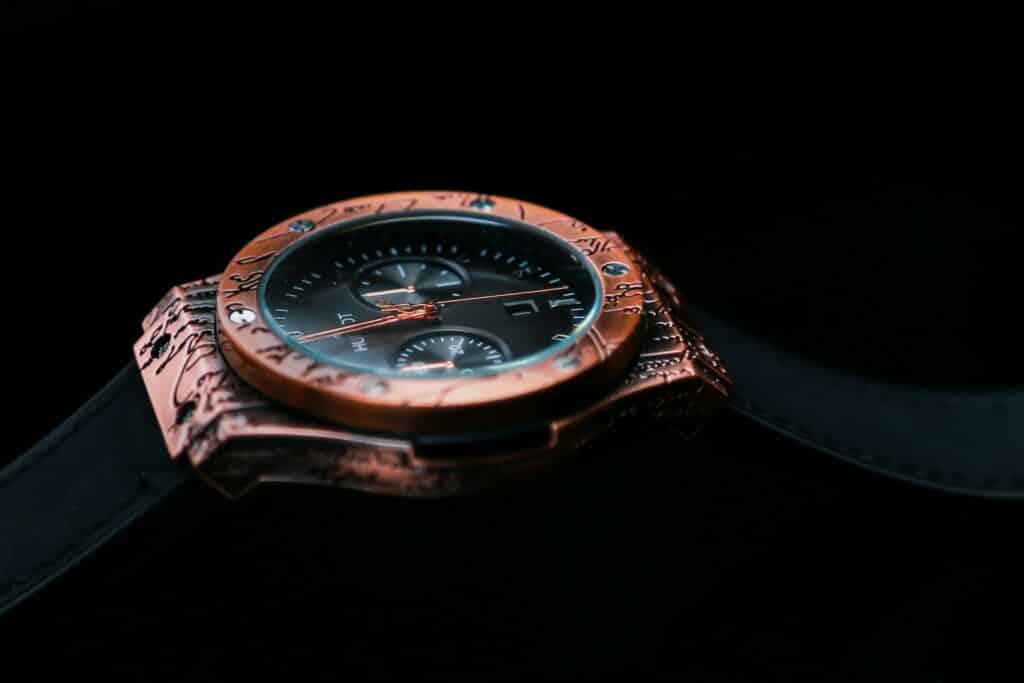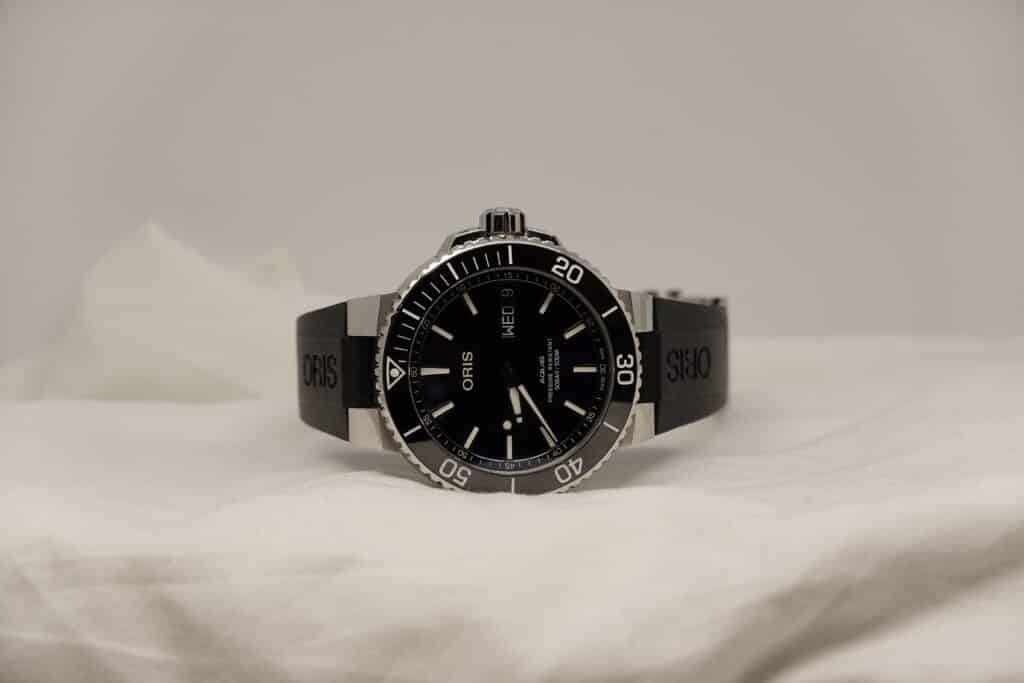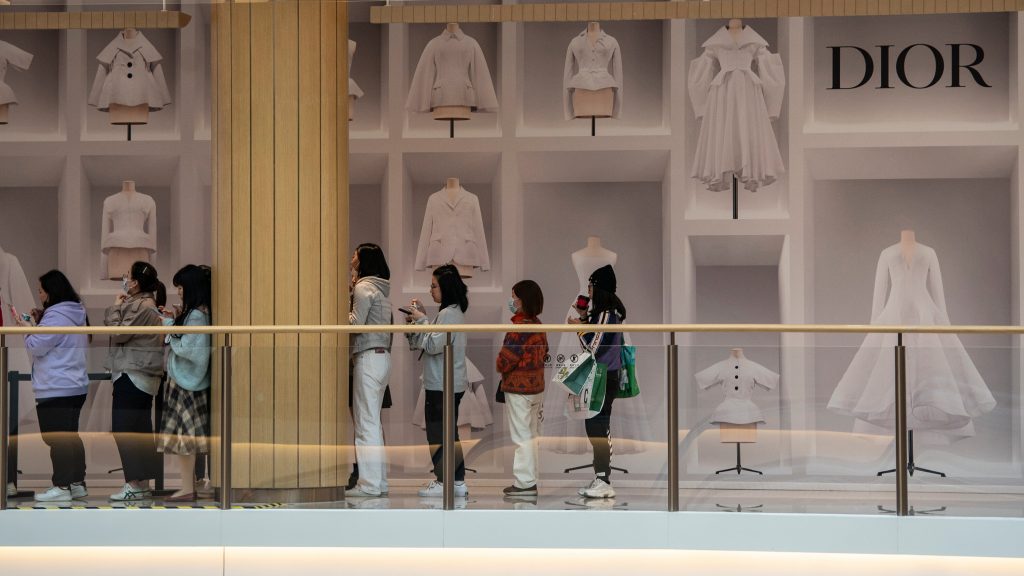The Future of Watches & Jewellery

The inaugural edition of The State of Fashion: Watches and Jewellery Report by The Business of Fashion and McKinsey & Company forecasts a shake-up in priorities for hard luxury as well as different recovery scenarios across geographies and consumer segments. Despite double-digit revenue declines during the pandemic, there are new opportunities for growth in both the fine jewellery and watch industries.
After suffering double-digit revenue declines due to the pandemic, both the fine jewellery and premium to ultra-luxury watch industries are poised for steady growth through 2025, though watches will be significantly slower than jewellery.
The rebound from the global pandemic will happen faster in some regions and consumer segments than others; the pace of growth for both sectors in Asia will remain above the global average each year through 2025.
With international travel between the main shopping regions only expected to fully recover after 2024, brands will focus more on domestic sales, particularly in China.
Emerging from the Covid-19 pandemic, both the fine jewellery and watch industries will find their paths shaped by several macro-level factors that will force players to rethink their priorities and, for some, fundamentally alter their business models. At the same time, the fallout from the pandemic will create new opportunities for unprecedented growth, with digital channels playing catch-up to those in other industries while consumers reassess their priorities and switch up deeply engrained shopping habits. Despite a challenging period of recovery ahead causing some slow-to-adapt players to lose out, both the fine jewellery and watch industries overall are poised for steady growth as we look forward to 2025.
Across the globe, recovery of consumer spending is expected to vary by geography and consumer segment. In the US, recovery will be much more rapid for young to middle-aged high-income individuals whose jobs were less impacted by the pandemic, which will prove a boon to luxury spending. By contrast, recovery patterns in many European countries, like the UK and France, are expected to be much less distinct across age and income cohorts.
Demographic evolution will also create significant changes to which both industries will need to adapt. Globally, ultra-high-net-worth individuals with assets over $100 million will further outgrow other income groups, increasing the size of the addressable market for luxury players. Meanwhile, the Chinese consumer will grow in importance for global brands as the centre of gravity for fine jewellery and watches increasingly tilts towards Asia.
The region has already grown to represent a significant portion of both markets, with an estimated 45 percent of all branded fine jewellery sales and 50 percent of premium to ultra-luxury watch sales now made in Asia. Accompanied by rapidly growing wealth in the region — the number of households in Asia with incomes above $70,000 is expected to almost triple by 2025 — the pace of growth for both fine jewellery and watches in the region will remain above the global average each year. Sales of branded fine jewellery in Asia are expected to grow at a 10 to 14 percent CAGR between 2019 and 2025 (compared to a global branded jewellery average of 8 to 12 percent), while watches will grow at a CAGR of 2 to 4 percent (compared to a global average of 1 to 3 percent).
Meanwhile, international travel flows will continue to impact where spending on fine jewellery and watches takes place. Prior to the pandemic, McKinsey research estimates that 30 percent of global purchases of fine jewellery and watches were made on international shopping trips, which took a serious hit in 2020. With travel between the main shopping regions of Asia, Europe and the United States only expected to fully recover after 2024, the road to recovery for international purchases will be long. In the meantime, domestic purchases are expected to continue to rise and partially fill the void. According to Agility Research, over half of affluent Chinese consumers who bought a watch in the second half of 2020 did so domestically. This will likely boost duty-free shopping hubs like the Chinese island of Hainan, which has benefited from the rise of domestic luxury purchases.
Looking ahead at the fine jewellery market, McKinsey research expects it to grow at a 3 to 4 percent CAGR between 2019 and 2025, expanding from $280 billion in sales to between $340 and $360 billion. The lion’s share of this growth will come from several segments that will outpace the overall market. First, branded jewellery, which currently comprises less than 20 percent of the market, will grow to represent between 25 to 30 percent of the market by 2025.
While unbranded jewellery will retain the largest market share, competition from brands to seize some of that majority will heat up. Second, fine jewellery will enter a stage of unprecedented digital evolution following a tangible shift in consumer comfort with purchasing fine jewellery online, sparked by the global pandemic. As such, we expect online channels to grow at a 9 to 12 percent CAGR from 2019 to 2025. Finally, branded purchases from Asian consumers will unlock 10 to 14 percent CAGR for the Asian market over the same period, which is the highest growth in branded jewellery sales globally.
Unlike jewellery, the watch industry, spanning the premium to ultra-luxury segments, is dominated by a small group of luxury brands — whose core products are priced between $3,601 and $30,000 — and ultra-luxury brands with price points above $30,000, many of which are based in Switzerland. According to McKinsey estimates, together, they make up 78 percent of the watch industry’s retail value, which in 2019 was worth $49 billion.
Between 2019 and 2025, we expect the overall market to grow at a 1 to 3 percent CAGR, with the luxury and ultra-luxury segments continuing to dominate and drive growth. Mid-market brands with a core offering between $180 and $3,600 are expected to see their gains stagnate, either remaining flat or declining at a rate of 2 percent per year. On the other hand, Asia will be the growth driver for the overall market with a 2 to 4 percent CAGR, compared with most other regions whose growth will be limited to 0 to 2 percent.
Together, these macro-level shifts will reshuffle the value pool across geographies, channels and consumer segments for both the fine jewellery and watch industries, shaking up business priorities for executives in the years ahead. While the next five years will be marked by recovery from pandemic shocks after a prolonged crisis, they will also be characterised as a time of unprecedented change, with significant opportunities emerging for players who embrace new ways of doing business. For those unable or unwilling to adapt, however, there will be consequences.
Credit for Article CCP Luxury



Responses